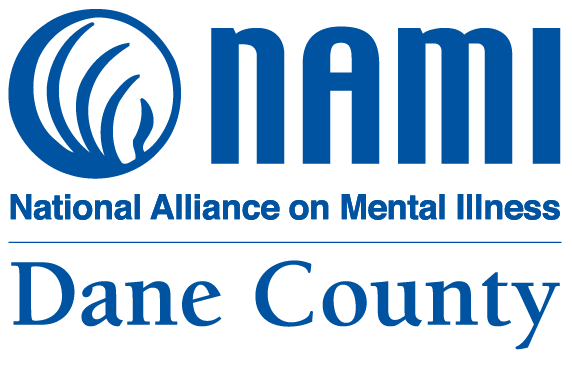Wisconsin DHS Releases 2017 Mental Health and Substance Use Needs Assessment
On July 20, 2018, the Wisconsin Department of Health Services (DHS) released their 2017 Mental Health and Substance Use Needs Assessment. The intent of the needs assessment is to assess prevalence of needs, access to services, service workforce and capacity, quality and appropriateness of services, and service participant outcomes. Below is a summary of key findings of the report as it relates to mental health needs across the state and in Dane County, but is not exhaustive. The full report is available on the Wisconsin DHS website at www.dhs.wisconsin.gov/publications.
Prevalence of Needs
The increase from 2011 to 2015 in any mental illness for adults ages 18-25 from 18.5 to 21.7 is the only significant change in prevalence among different demographic groups across the state.
The number of adults with any mental illness and serious mental illness in Dane County is estimated at 77,563 and 16,505, respectively. These numbers are fairly consistent with prior years data.
The number of children with any mental illness or severe emotional disorder in Dane County is estimated at 16,557 and 8,673, respectively. These numbers are fairly consistent with prior years data.
Individuals involved in the criminal justice system, experiencing homelessness, who have a substance use disorder, or who are a sexual minority have the highest rates of mental health disorders. Special consideration should be considered when addressing needs among these groups.
Individuals with a serious mental illness are 26 percent more likely than those with any mental illness to have a co-occurring substance use disorder. Integrated dual disorder treatment is an underutilized, but readily available, evidence-based practice shown to reduce substance use, improve psychiatric symptoms and functioning, decreased hospitalization, increased housing stability, fewer arrests, and improved quality of life.
Wisconsin’s youth suicide rate is consistently higher than the national average in the last 10 years. In 2015, the rate was 5.2 per 100,000 (10- to 17-Years-Old) compared to the national average of 4.2.
Access to Services
The overall treatment gap in Dane County, or the gap between the population in need of mental health services and the population that is served, is 5% for adults or 3,878 individuals annually. Data show no treatment gap for youth with AMI. These numbers include individuals served through public and commercial insurance.
In 2015, those with an unmet mental health need for treatment cited the inability to afford treatment as the main reason why they did not access services.
Service Workforce and Capacity
Dane County mental health agency per capita expenditures in 2015 were $69 for adults and $60 for youth. Total per capita expenditures were $67 and total expenditures amounted to $34,723,101.
Data was not available for Dane County on the psychiatrist shortage in our community.
For Dane County Community Support Programs (two programs) the count and proportion of participants who were waitlisted increased from 40 in 2011 to 82 in 2015. This may serve as an indicator that more resources, such as program staff, are needed.
Quality and Appropriateness of Services
Assertive community treatment is widely used and is increasing in its use at a high rate although the degree of implementation and fidelity of this key component of Community Support Programs is still lacking.
Service Participant Outcomes
The 30-day psychiatric inpatient readmission rate in Dane County has increased from 11.1% in 2011 to 13.6% in 2015.
